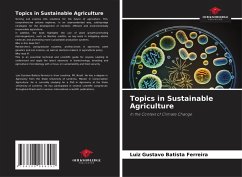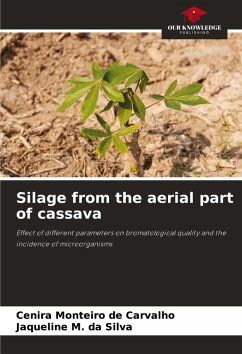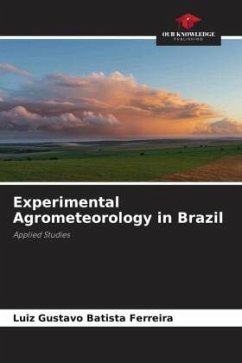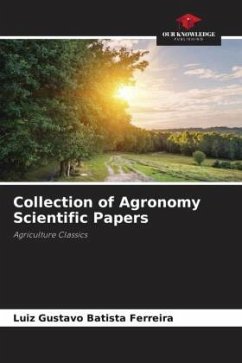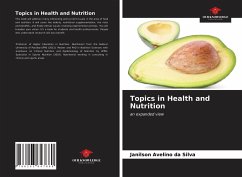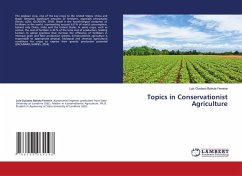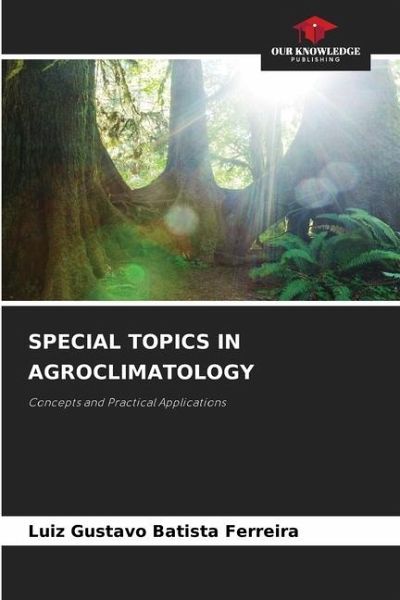
SPECIAL TOPICS IN AGROCLIMATOLOGY
Concepts and Practical Applications
Versandkostenfrei!
Versandfertig in 6-10 Tagen
29,99 €
inkl. MwSt.

PAYBACK Punkte
15 °P sammeln!
Climate change is being treated as a threat to agriculture and global food security (AGOVINO et al., 2019). In addition to this scenario of projected climate change, it is estimated that the world's population will exceed 9.7 million by 2050 (ALVES, MARTINS, REBOITA, 2020). This population expansion is expected to increase the global demand for food and, according to the United Nations (UN), world population growth could bring an additional 2.5 billion people to urbanized areas by 2050, generating substantial demands for nutritious food (SAATH; FACHINELLO, 2018). In Latin America, Brazil is a ...
Climate change is being treated as a threat to agriculture and global food security (AGOVINO et al., 2019). In addition to this scenario of projected climate change, it is estimated that the world's population will exceed 9.7 million by 2050 (ALVES, MARTINS, REBOITA, 2020). This population expansion is expected to increase the global demand for food and, according to the United Nations (UN), world population growth could bring an additional 2.5 billion people to urbanized areas by 2050, generating substantial demands for nutritious food (SAATH; FACHINELLO, 2018). In Latin America, Brazil is a major global food producer with a high potential for expanding its supply (SAATH; FACHINELLO, 2018) and, from this perspective, the plausible solution for meeting the growing demand for food would be, in the medium and short term, to increase crop yields, consequently reducing yield gaps (SENTELHAS et al., 2015).






